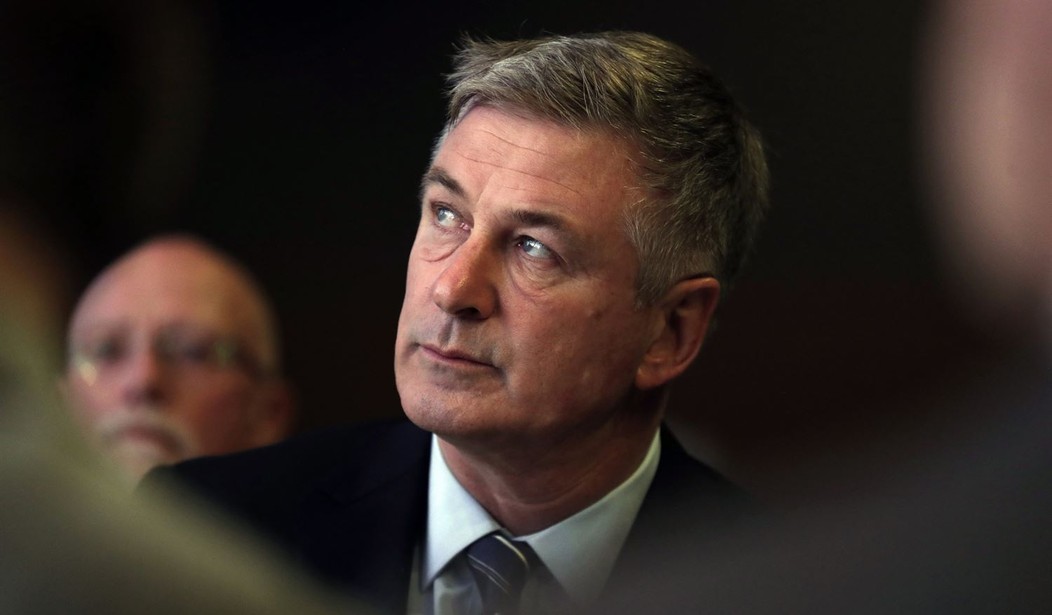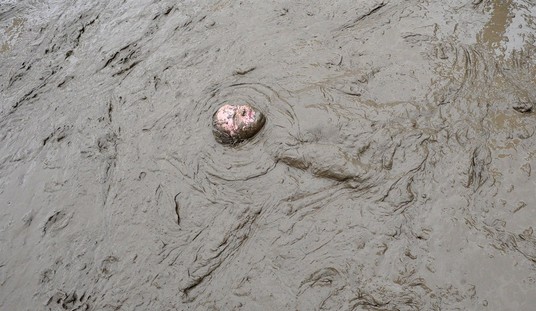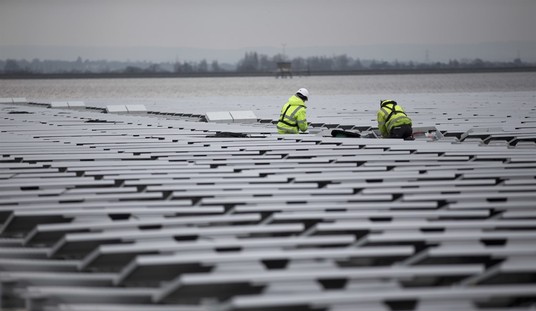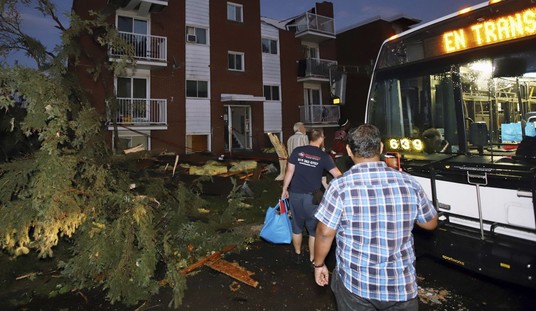
Actor/Producer Alec Baldwin, who fatally shot “Rust” cinematographer Halyna Hutchins, made a public plea for police officers to oversee weapons safety on movie and television production sets.
Baldwin’s idea is one of many as the entertainment industry struggles to cope with what went wrong and what to do to ensure that it does not happen again. In addition to his safety officer concept, others have proposed the total banning of firearms in entertainment production at both the industry and legislative levels.
But will any of these ideas change anything for the better? Or are they placebos ignoring underlying problems that the industry isn’t ready to face?
This raised a serious question in my mind because a cadre of dedicated crew specialist armorers, who have the technical knowledge about prop weaponry, already exists in the Hollywood industry. I was interested to explore what I was sure was a much more complex subject than the simplistic knee jerk solutions presently being bandied in the press.
So, I sought out the armorers I first met when I was the weapons technical advisor to the television series “Top Shot,” one of Hollywood’s very few live-fire productions.
Clay van Sickle, one of the most experienced in the industry, was the first one available to discuss the matter in detail.
This video goes about an hour and is, I believe, instructive for anyone concerned about the issue of improving firearms safety on entertainment production sets.
Clay and I discuss Baldwin’s thought about the use of police officers. We then extend the discussion to how set safety procedures work now, and how they can be improved. Clay goes over both the contractual and cultural issues that were already underway in the movie industry even prior to the tragic events on the “Rust” set.
It turns out that movie making is a complex process that has a multitude of economic and risk issues that go along with organizing and executing a project. There are no simplistic solutions. And that is something that both the industry and lawmakers need to pay attention to as the debate about how to make sure it doesn’t happen again goes on.
Here’s an excerpt from our discussion.
Dennis: So today I wanted to talk to you, Clay, because a couple days ago Alec Baldwin started to opine on what he — his version of what he thinks should be happening in terms of making Hollywood sets safer. A lot of people are, and some of their ideas are out there. But his opinion was that all movie sets and television programs should hire a police officer if there is a firearm involved in the production and that police officer should become essentially the safety officer. I’m not so sure that that’s really something that can really work out for a number of reasons.
Clay: I actually feel really bad for Baldwin in this case. He’s in a horrible position, was completely let down by the people who were supposed to help him keep his set safe, including the people that hired some of those people.
Ultimately, I think he’s speaking out because he feels like something needs to be done like this should have never happened and he’s right. This should have never happened, and as you well know, even on the live-fire shows.
We keep hearing these cockamamie theories that, “Oh what if it was sabotage?” Let’s be honest. That’s just lawyers trying to throw in the shadow of a doubt for their client. But even if it was sabotaged, if the policies and procedures that we’ve been using for decades had been followed, this wouldn’t have happened.
So, getting back to the point, I feel like Baldwin is in a place where he feels that this is a high-profile incident, obviously, and that he wants to do something and make things better. So, from that point of view I get I I feel where his heart’s coming from.
But he’s operating under the assumption, though, that all police officers are weapons specialists, and they’re just not.
I mean, cops have a hard job, but 90 percent of it has nothing to do with weapons on a movie set. Most law enforcement agencies wouldn’t make great film armorers. They’re really good at what they do, but they’ve got a very limited stock of what they need to worry about.
You know, I don’t know, what does LAPD have like 10 or — 10 or so sidearms that are authorized? Something like that?
Dennis: Yeah, it’s a small list. I’m, I’m on a range team for a Police Department and the scenarios that you work with and the logistics that you work with, you’re basically working with people who all undergo firearms training. All have all gone to police academies. You know if they’re carrying a gun inside the Police Department they’re presumed to be trained and mostly what you’re doing as far as range management and training, and those kinds of situations is maintaining their proficiency for a perishable skill, which is not the same thing as what happens on a film set.
Clay: Not even. And the other thing is, they may know their Beretta or their Glock or their M&P. But what do they know about a flintlock pistol from the 1500s, or a matchlock, or a Japanese Nambu from World War 2? There’s such a broad range of things that armorers have to know, not only historically and mechanically, that most police officers don’t know anything about, and then you get into the blank fire only guns, which are a whole separate lifestyle.
Or somebody who’s trained with the Beretta 92 might pick up a Ekol 92, which is a Turkish blank fire only pistol and think they know about it. But what they think is the takedown lever is actually the switch to make it go full auto.
There are a lot of different variations (even among blank guns). Sometimes those vent the gas straight up. I can’t think of a cop, except for maybe a couple that you and I worked with on set, who would know anything about blank adapted guns. Or what apertures are appropriate for what blank sizes so. So the idea that the cops would basically just learn in an entirely new career and somehow make the set safe really just falls on its face.
(In the industry), there are specialists who do this who have the experience who have the knowledge, the training and the background that already do this. That’s why armorers exist in the film world. I’m making the distinction that a Police Department armorer does a very different job than what I do on set.
I mean, making dummies, checking them, knowing the ins and outs of all the different types and styles of weapons, knowing how to troubleshoot the weapons on set, and more importantly knowing when to enforce and break the basic firearms safety rules.
As you know from when we did “Top Shot,” it drove all the contestants nuts. The protocols that we have to use on a film set, because we break these safety rules to make the filming work.
You know, I keep hearing calls that, Baldwin shouldn’t have been aiming the gun at a person. Have you ever seen a movie? We do it all the time. Guns get aimed at cameras. Guns get aimed at people. But we’ve got a separate set of protocols in place that keeps that situation safe.
View the entire video to see more.
(EDITOR’S NOTE: For this week only, a number of our RedState VIP articles and features are coming out from behind the paywall. To enjoy access to exclusive VIP articles – ad free – for the entire year, become a VIP member today! And, this week we’re offering 40% off, our biggest discount ever, when you use code “2022.” )













Join the conversation as a VIP Member